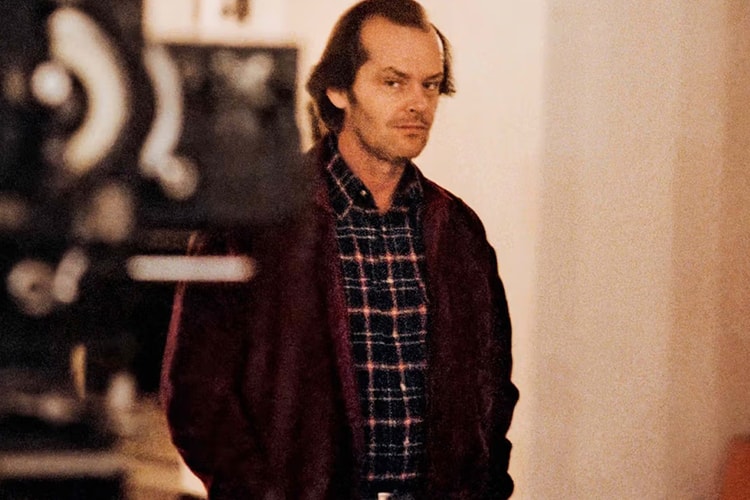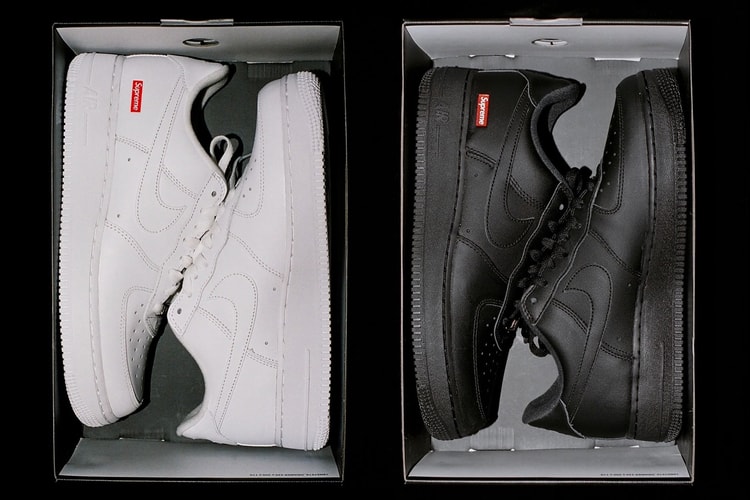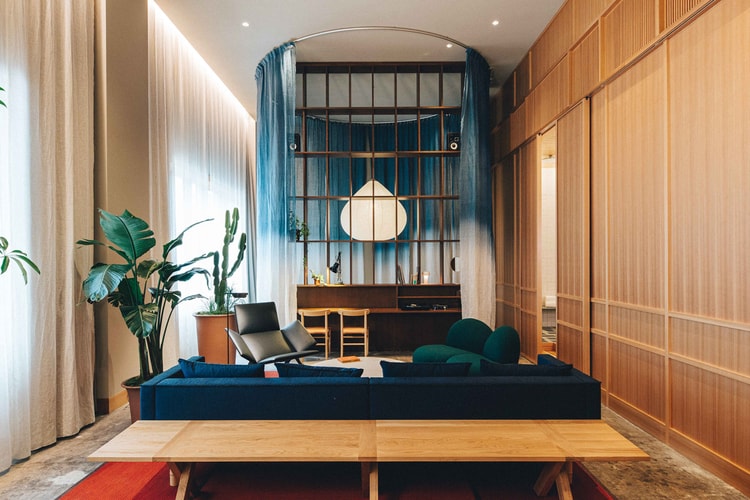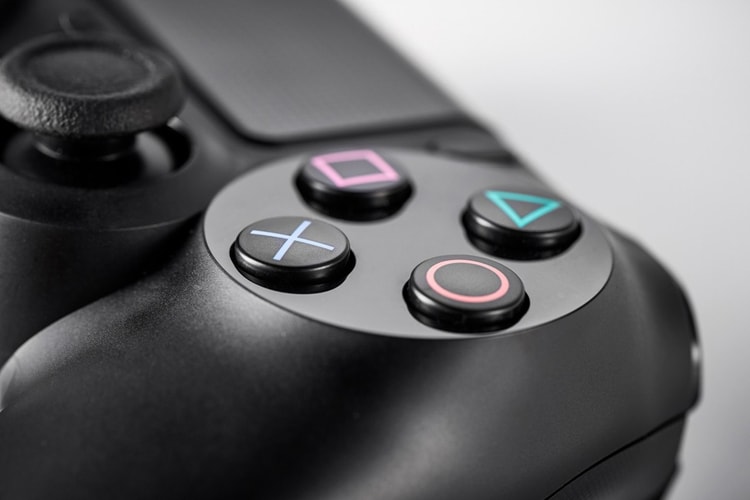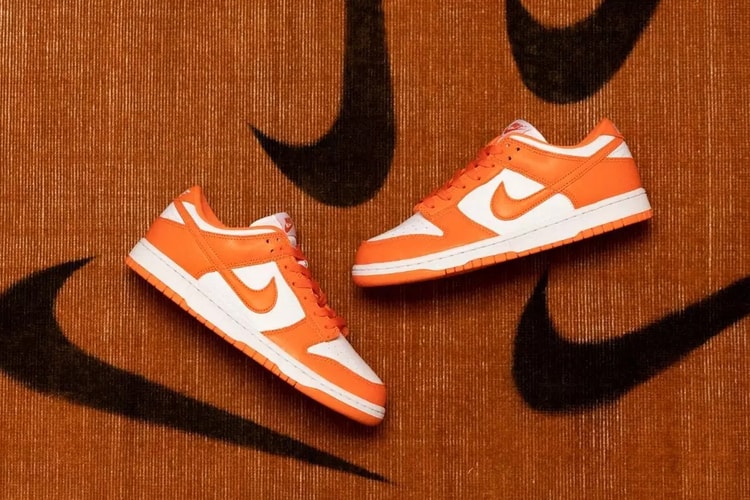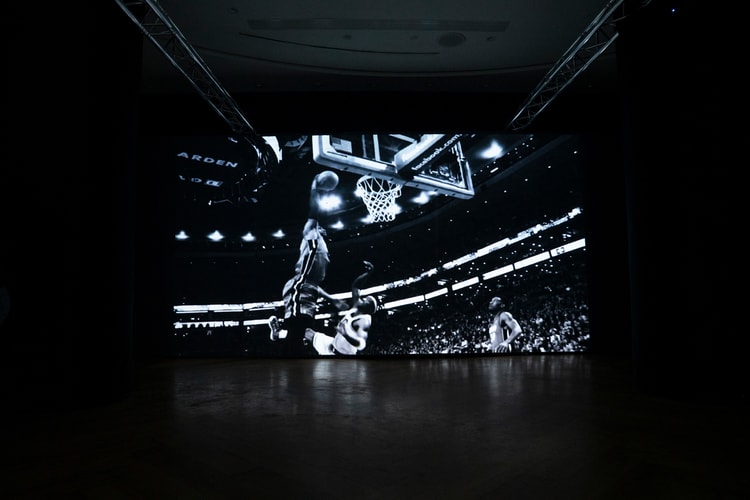Behind the HYPE: How Helvetica Became a Branding Mainstay
We take a look at the simple font’s history, from its humble beginnings to its role in luxury and streetwear branding.
What do Off-White, Knoll and NASA have in common? Besides being leaders in their respective fields, all of these companies are known for using the world’s most popular font. Helvetica, originally named Die Neue Haas Grotesk, dates back to the 1950s when it was designed to be a neutral typeface with no particular meaning. Today, Helvetica has become the Kleenex of sans-serif fonts, ubiquitous for its legibility and minimal aesthetic.
Over the past few years in particular, Helvetica has exploded onto the branding scene. Many luxury companies – including Burberry, Balmain and Saint Laurent – have transitioned away from more detailed logos to Helvetica or one of its many look-alikes. But why opt for simplicity over intricacy?
For many luxury fashion houses, sans serif fonts like Helvetica are a chance to mark a new chapter in history. Heritage logos are often tied to an extensive archive of past works, while new minimal logos create a clean slate without a visual identity tied to the past. For others, Helvetica’s neutrality allows a total freedom of expression unpolluted by the personality of script or serif fonts.
For the latest installment in our Behind the HYPE series, HYPEBEAST takes a closer look at Helvetica’s timeline, from its humble beginnings to its role in luxury and streetwear branding. Learn more about the luxe font in the video above, and for more in design, read about Anicorn’s witty take on Ji Lee’s 1993 clock design.









